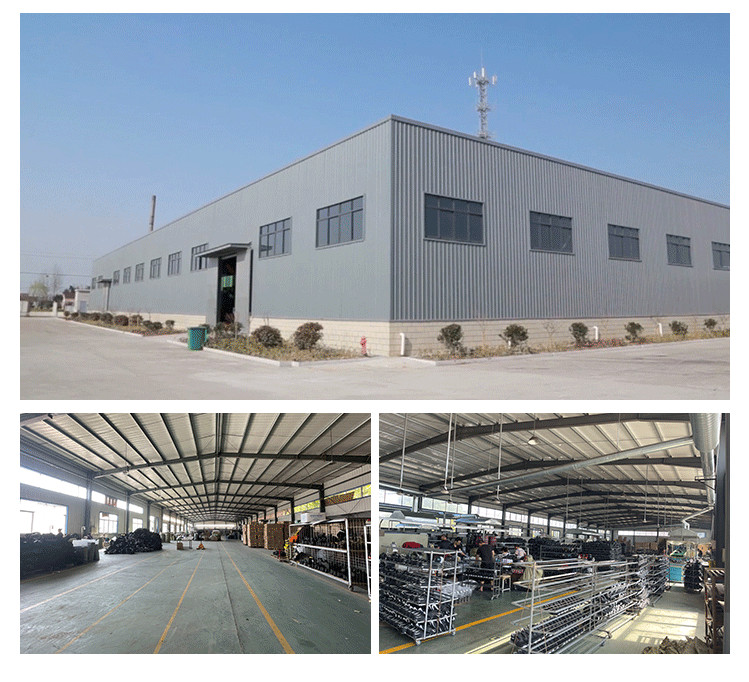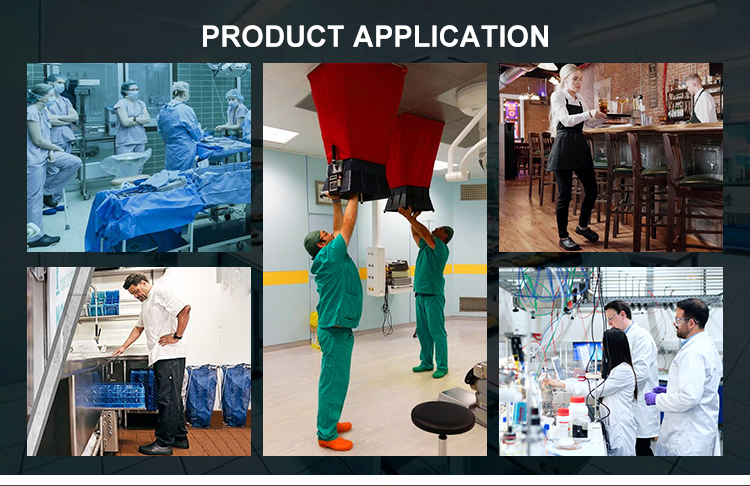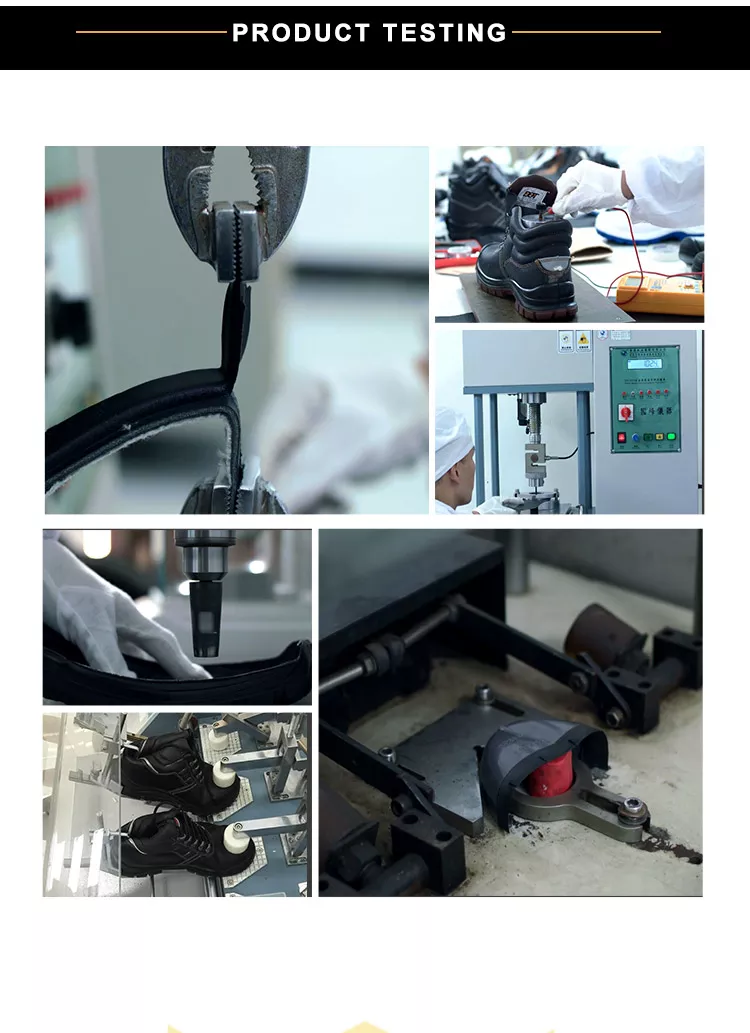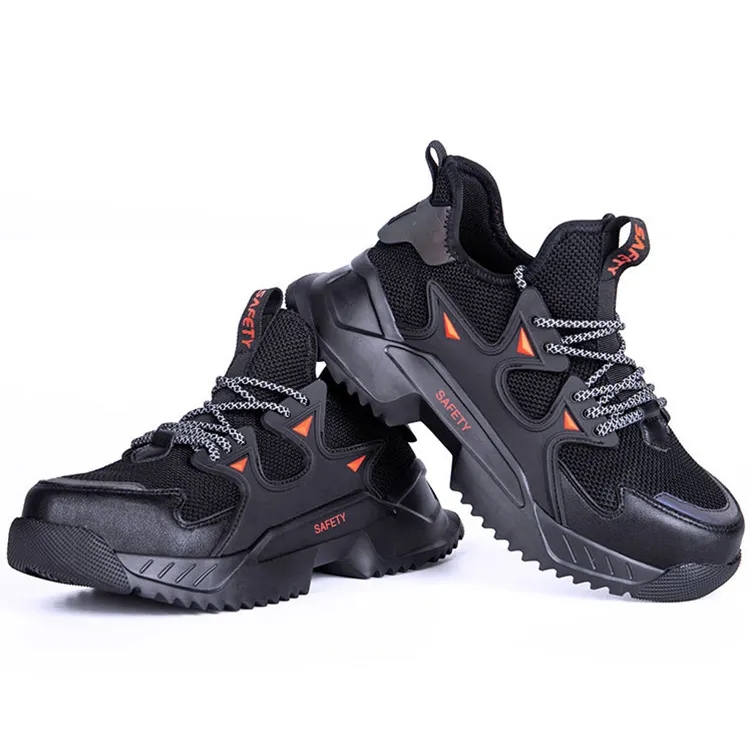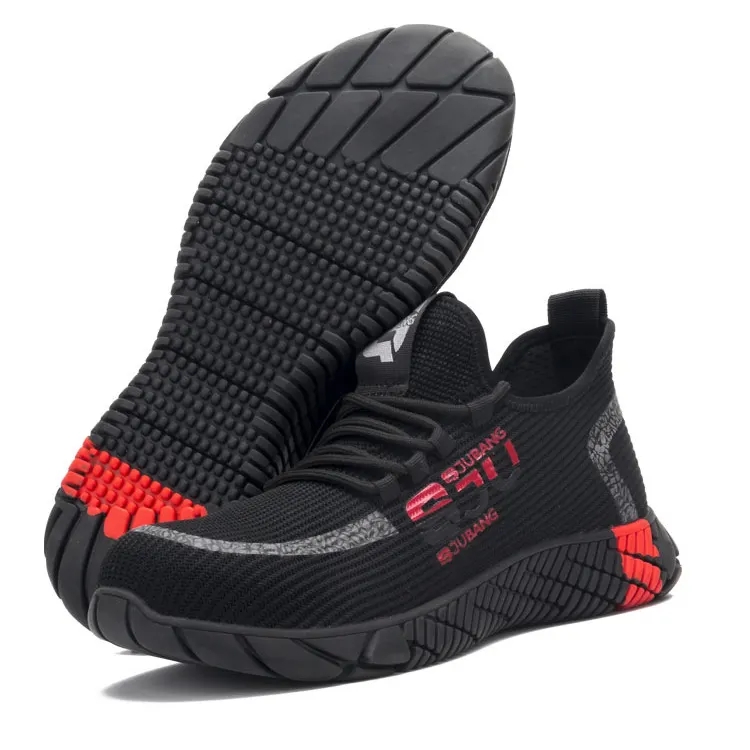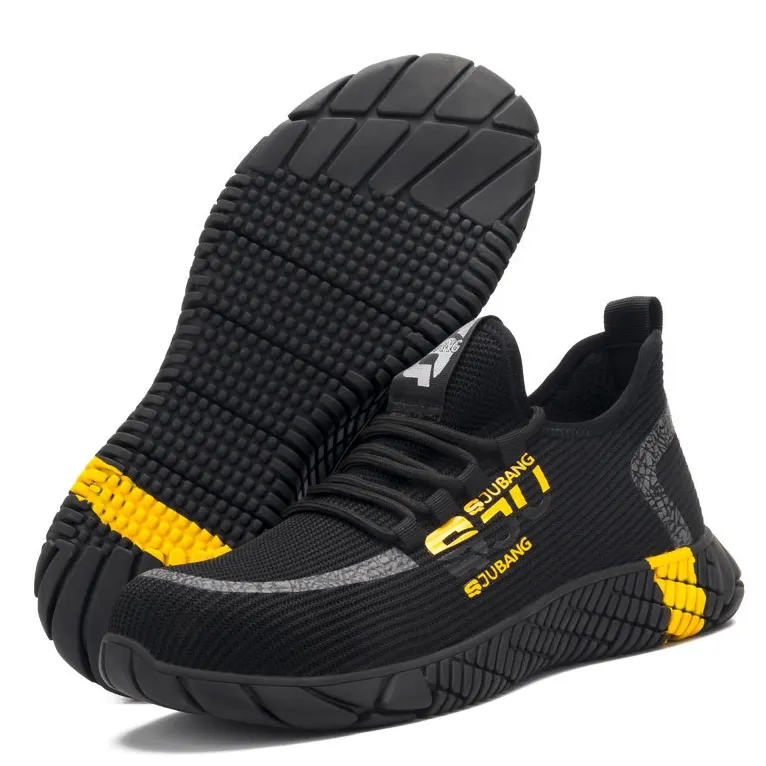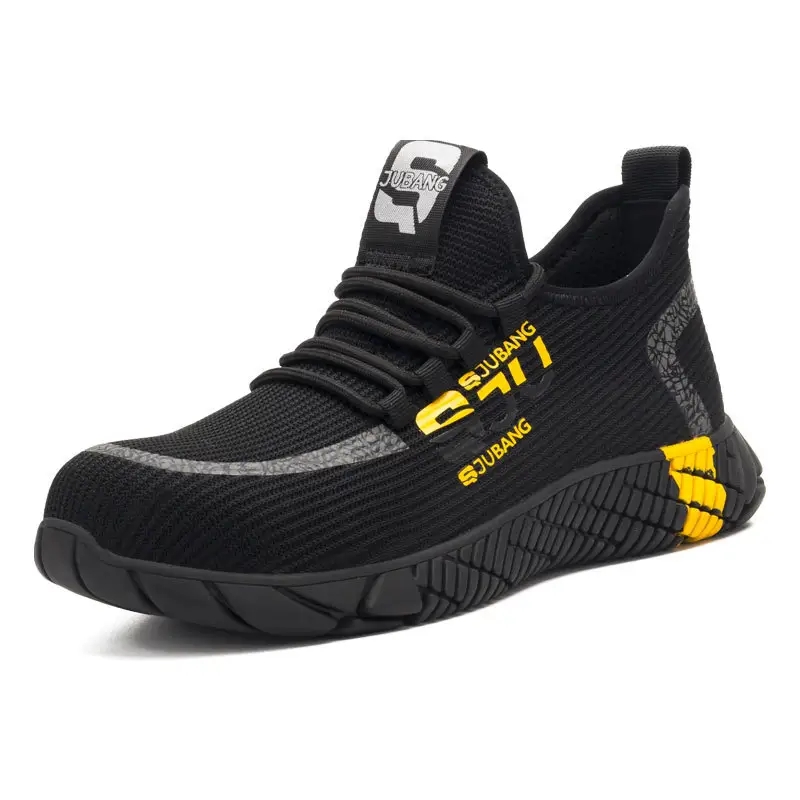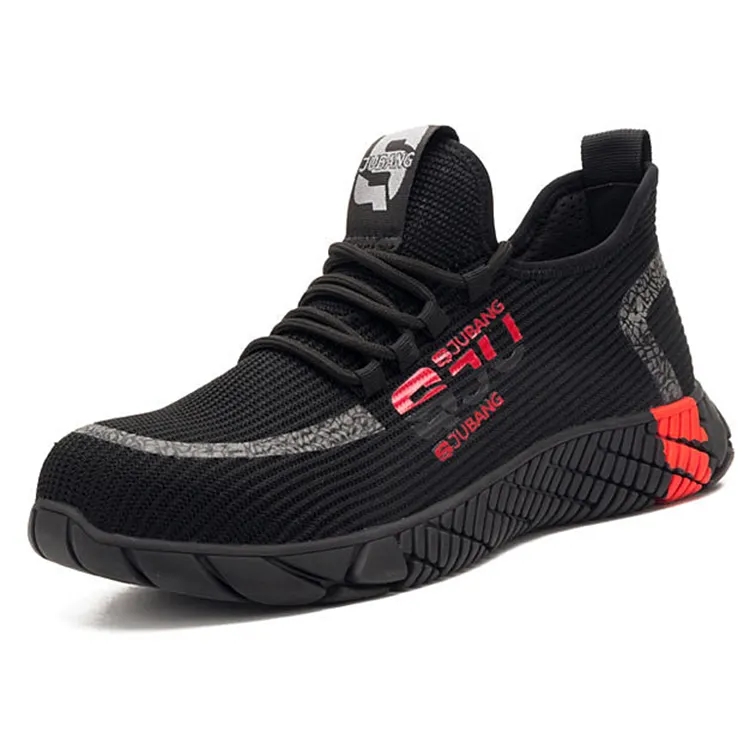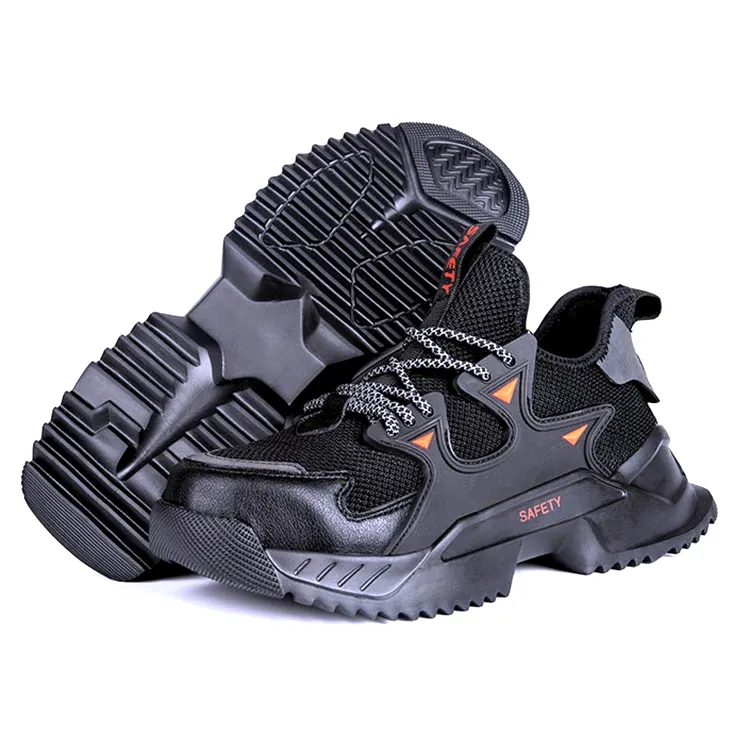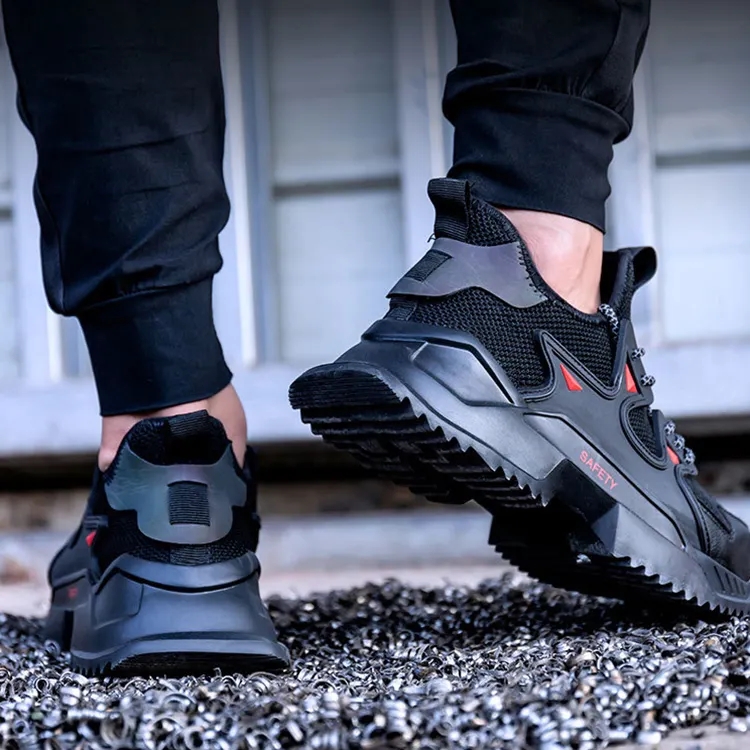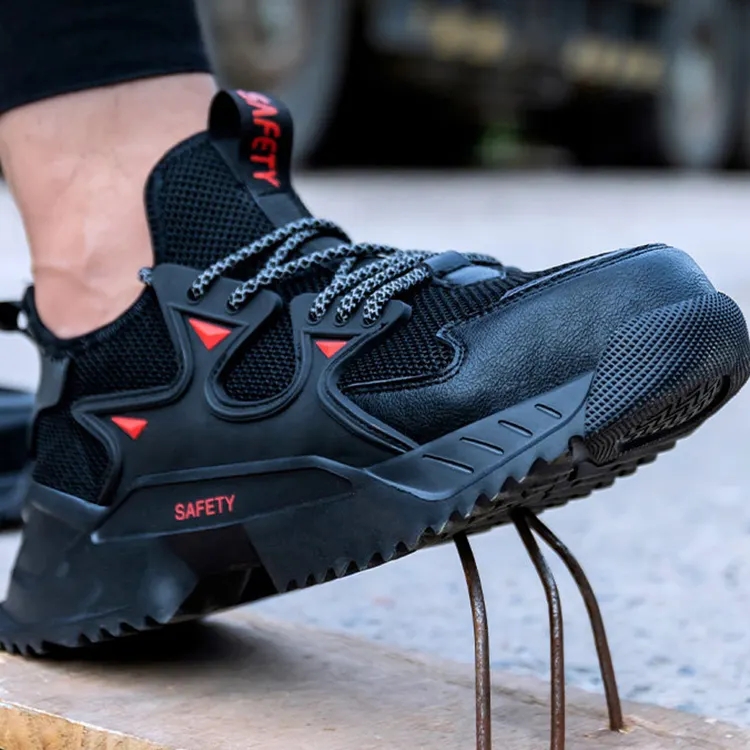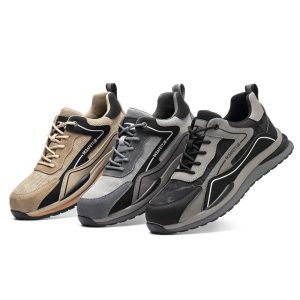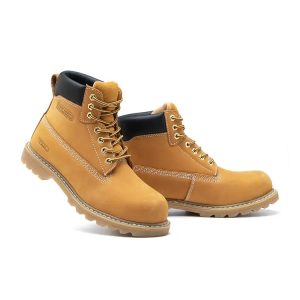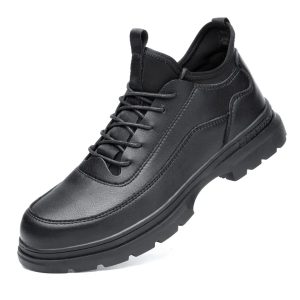A Comprehensive Guide to Safety Work Shoes: Protection and Comfort
Introduction In the world of modern industry and construction, safety at the workplace is of paramount importance. Safety work shoes play a crucial role in safeguarding workers from potential hazards, ensuring both protection and comfort. In this article, we’ll explore safety work shoes in detail, highlighting their features, types, and why investing in the right pair is essential for workplace well-being.
Section 1: Understanding Safety Work Shoes
1.1 What Are Safety Work Shoes? Safety work shoes, also known as safety footwear, are specially designed to protect the feet from workplace hazards. They are equipped with various safety features, making them essential for workers in industries like construction, manufacturing, and heavy equipment operation.
1.2 Types of Safety Work Shoes:
Steel Toe Boots: Protect against impact and compression.
Composite Toe Boots: Lightweight, non-metallic alternative to steel toe.
Electrical Hazard (EH) Boots: Insulate against electrical shocks.
Slip-Resistant Shoes: Prevent slips and falls.
Puncture-Resistant Boots: Guard against sharp objects.
Metatarsal Guard Boots: Protect the metatarsal bones.
Chemical-Resistant Boots: Shield against hazardous chemicals.
Insulated Boots: Keep feet warm in cold environments.
Section 2: Features and Benefits
2.1 Safety Features:
Steel or Composite Toes: Prevent crushing injuries.
Slip-Resistant Outsoles: Reduce the risk of falls.
Electrical Hazard Protection: Prevent electrical shocks.
Puncture-Resistant Soles: Guard against sharp objects.
Metatarsal Guards: Shield the metatarsal bones.
Waterproof and Chemical Resistance: Protect against liquids and chemicals.
Insulation: Keep feet warm in cold conditions.
Breathable Materials: Enhance comfort during extended wear.
2.2 Benefits: Safety work shoes offer numerous advantages, such as minimizing workplace injuries, reducing fatigue, and enhancing productivity. They are essential for maintaining compliance with safety regulations and standards, thereby avoiding legal and financial repercussions.
Section 3: Choosing the Right Safety Work Shoes
3.1 Consider Your Work Environment: The choice of safety work shoes should align with the specific hazards present in your workplace. Understanding the environment and potential risks is crucial.
3.2 Proper Fit and Comfort: Ensure that your safety shoes fit comfortably and provide adequate support. Inadequate fit can lead to discomfort and foot problems.
3.3 Compliance with Safety Standards: Select shoes that meet industry-specific safety standards and regulations, such as ASTM and OSHA guidelines.
Section 4: Maintenance and Care
4.1 Cleaning and Inspection: Regularly clean and inspect your safety work shoes for damage, ensuring their effectiveness.
4.2 Replacement: Replace your safety footwear when it shows signs of wear and tear or no longer provides adequate protection.
Section 5: Conclusion
In conclusion, safety work shoes are an integral part of workplace safety. They not only protect workers from potential injuries but also enhance overall comfort and productivity. Choosing the right safety work shoes is an investment in both safety and well-being.
Investing in high-quality safety footwear means a safer, more comfortable work environment for you and your colleagues. Keep in mind the specific hazards of your workplace, choose the right type of safety work shoes, and prioritize comfort and fit for long-term satisfaction.
By prioritizing safety and comfort, you not only protect your feet but also invest in your future well-being. Stay safe and stay productive with the right safety work shoes.
